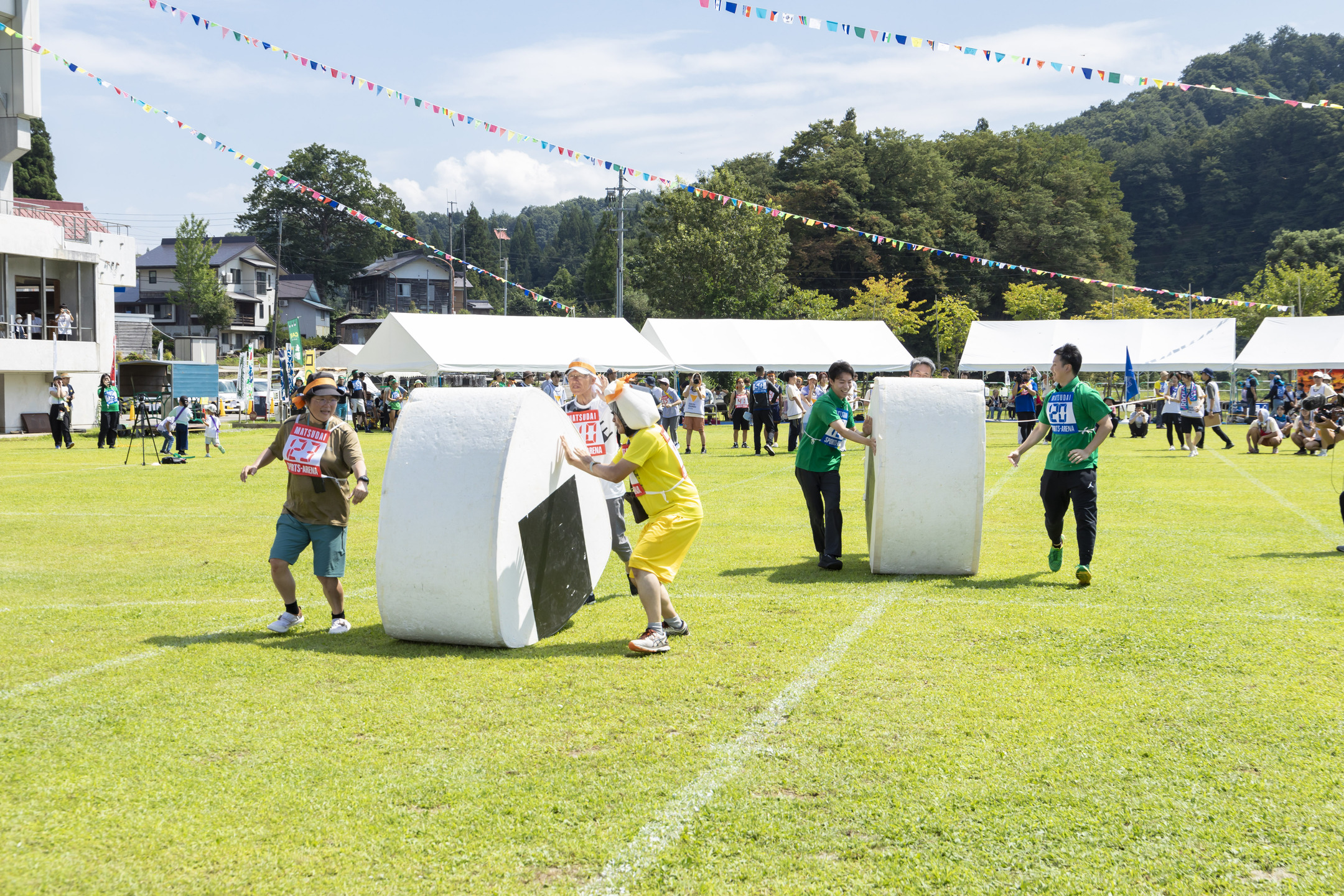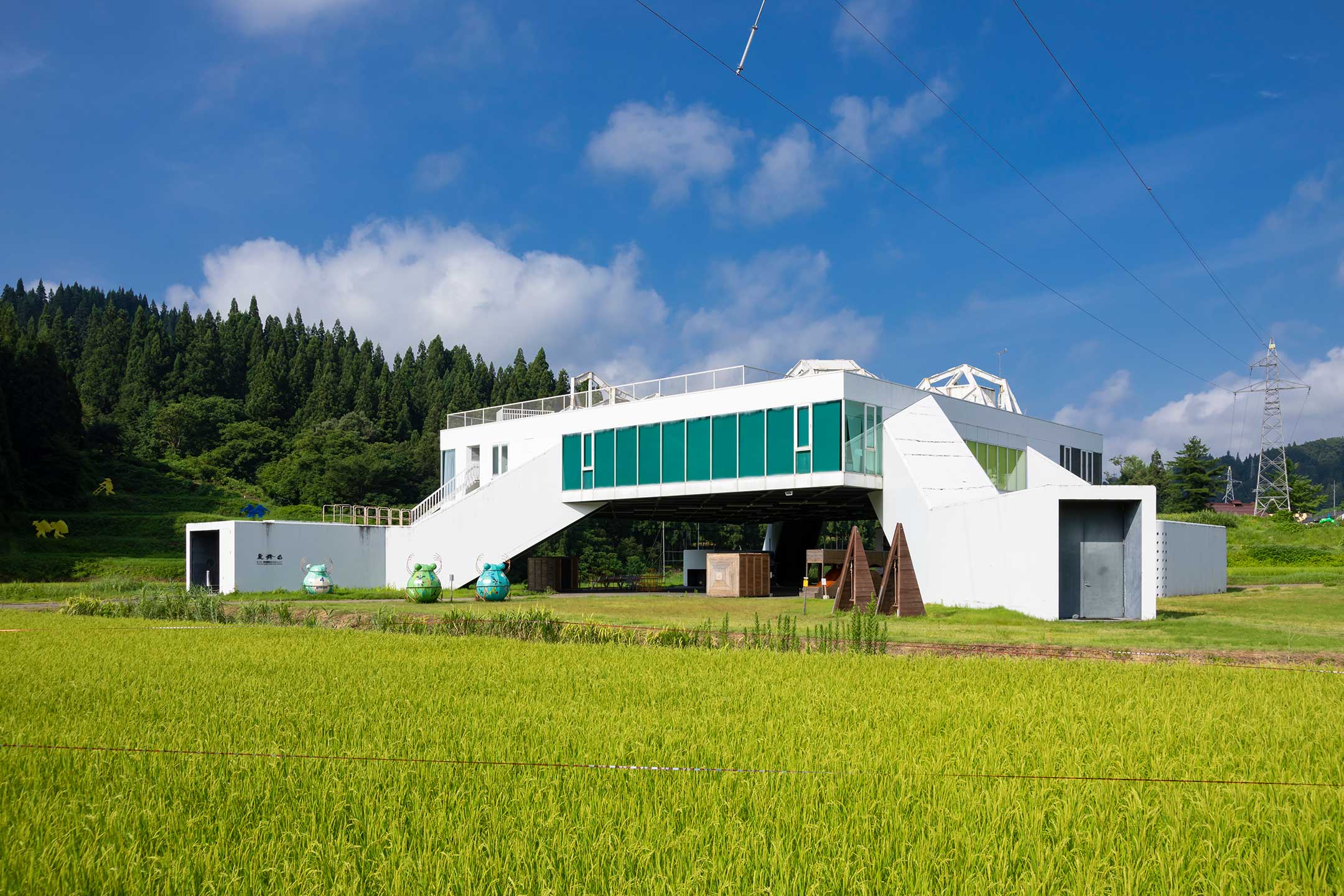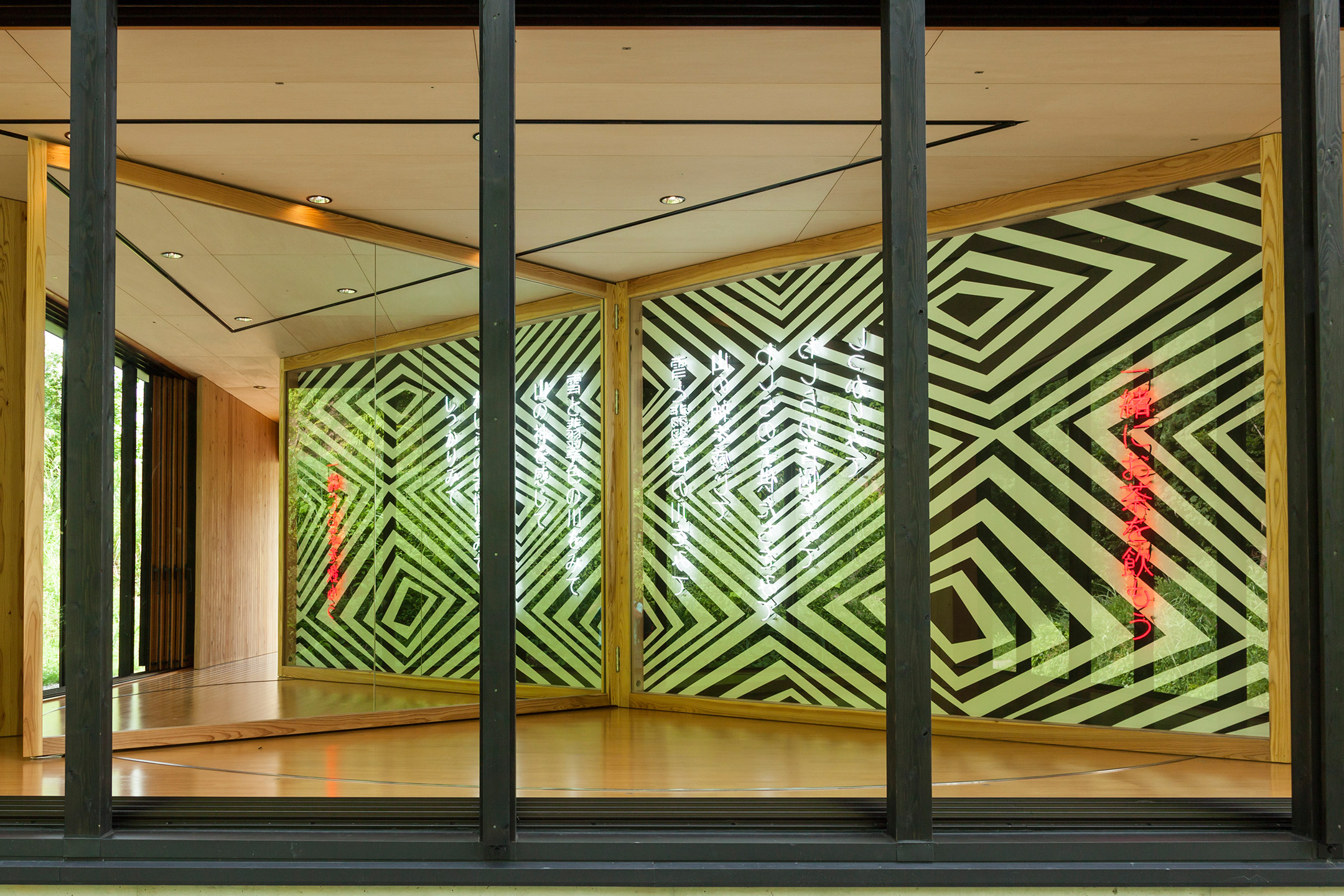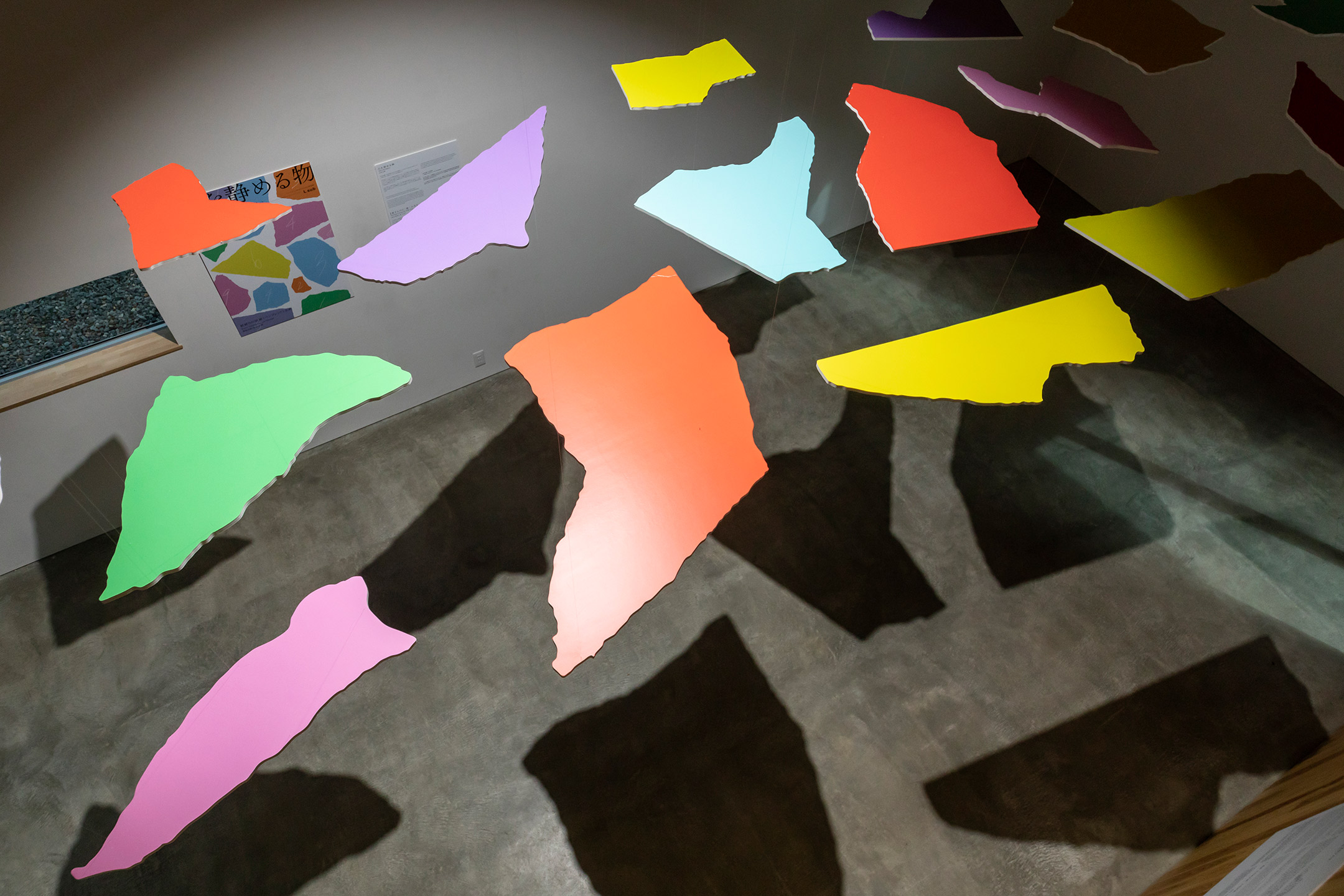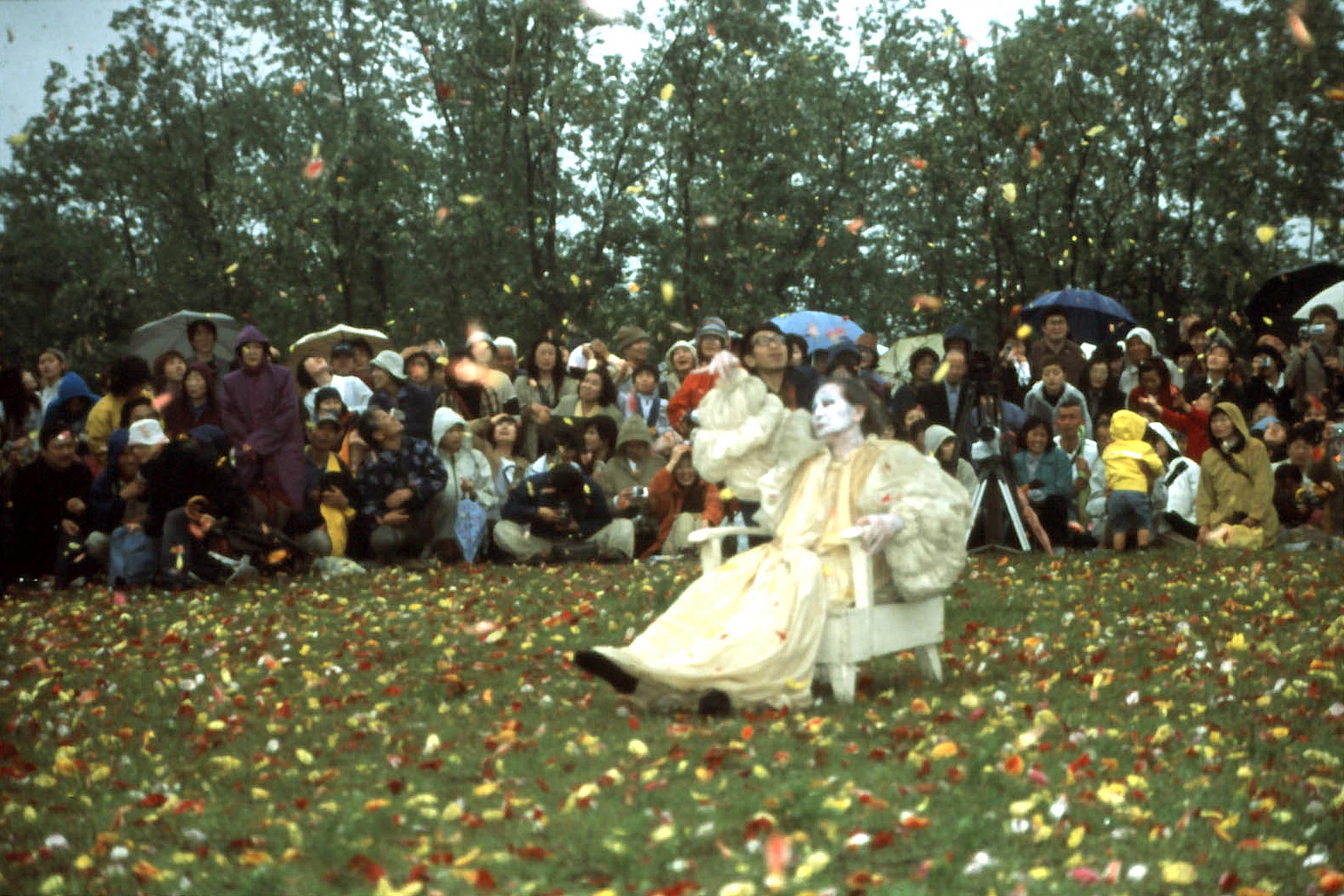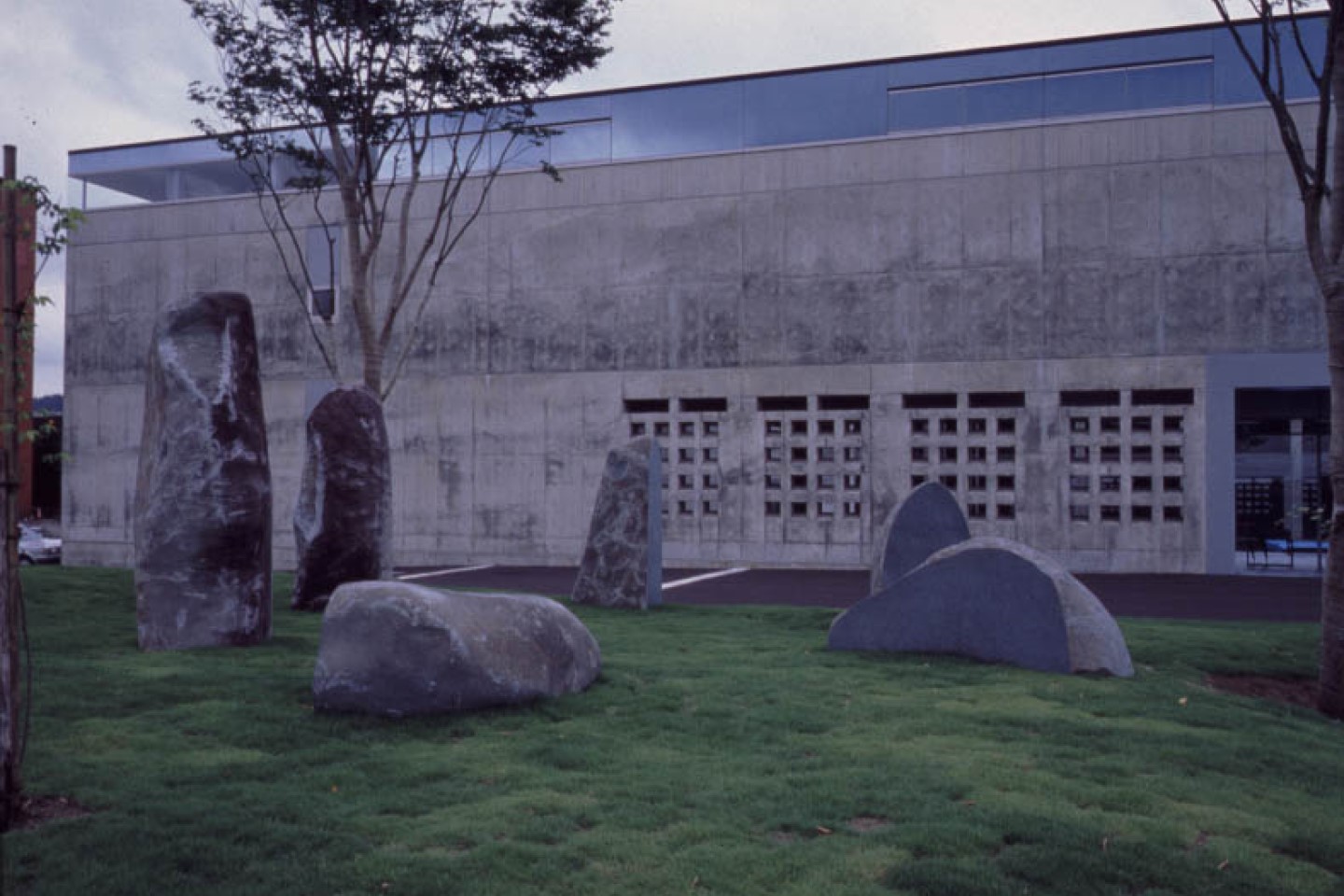
About the artwork
Tokamachi has a history as a silk-producing center. Its name (“tenth day market”) points to its origins as a town for exchange of goods that already existed in the Heian Era. Sericulture techniques were introduced to Japan from China around the 2nd century B.C. It is not certain when these techniques took root in Echigo-Tsumari, but there is a record of silk cloth being offered to Todaiji in 8th century. Andesite rocks from the Shinano river valley have been placed in a ring shape. As sow melts in early spring, the tops of the stones appear, from under an average 3-meter accumulation of snow. The rhythm of one stone slowly emerging after the other echoes the unhurried flow of history in Echigo-Tsumari.
Information and Map
| Artwork no. | T027 |
|---|---|
| Production year | 2003 |
| Opening hours | Daytime |
| Admission | - (Depending on the period, Passport for viewing artworks and common tickets may be sold.) |
| Closed | Closed on Tue & Wed except holidays (Outdoor artworks can be viewed even on regular closing day.) / Winter season |
| Area | Tokamachi |
| Village | MonET |
| Open dates | 2025/4/26-11/9 (Closed on Tue & Wed except holidays) |
| Venue | Near Museum on Echigo-Tsumari, MonET |






